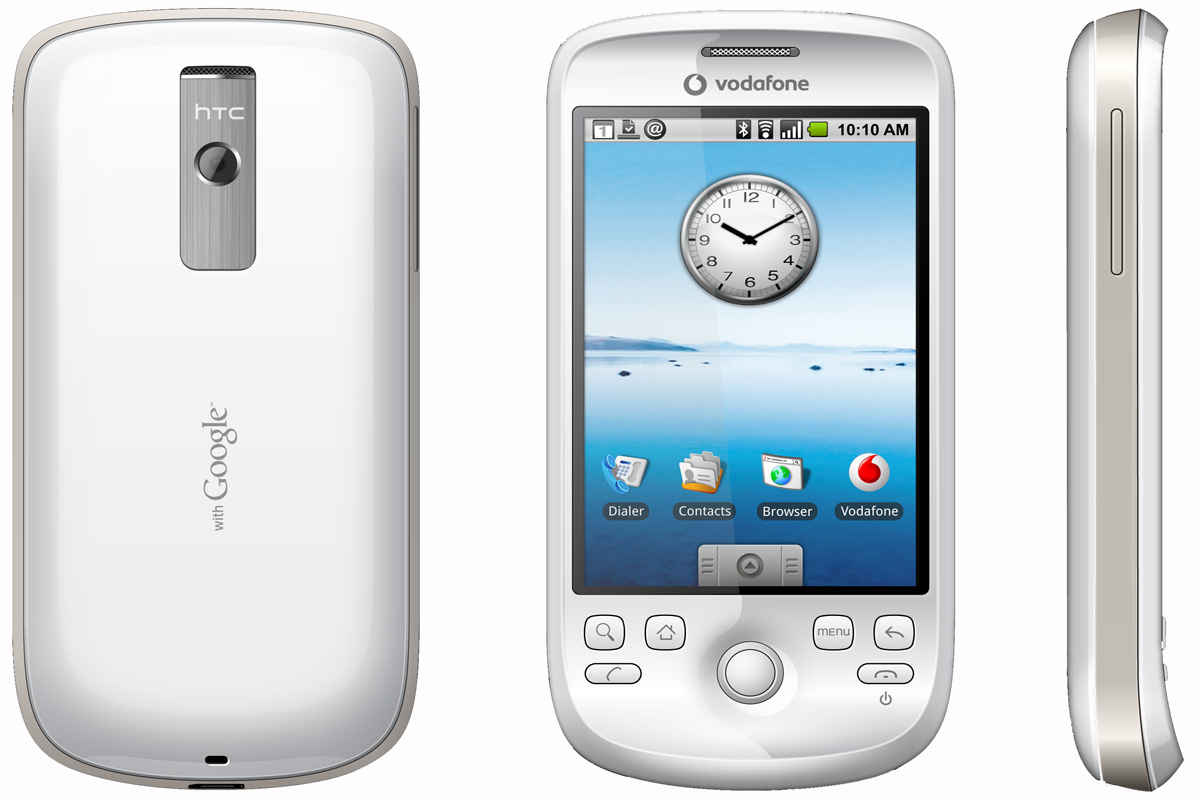HTC Magic review
Can HTC's second Google Android based handset cast a powerful enough spell over us to forget the iPhone? We check out the HTC Magic.

If you’ve been waiting for the second generation Google phone this is a significant improvement over the G1. It’s light, generally well featured and is easy to use, but the lack of native Exchange support may put off some business users. And with other Android handsets on their way, not to mention a new iPhone, it might be worth adopting a wait-and-see approach.


Some could hardly believe that HTC was actually going to call the handset something as bold as Magic - it certainly sets up the promise that it is capable of miraculous things.
It is, in fact, something of a second coming, being only the second phone to feature Google's Android operating system (OS). This is essentially the great hope for masses whereas Apple's iPhone OS is powerful and supremely easy to use the clue is in the name it only runs on the iPhone. Android however, is an open platform and promises to bring all the great things the iPhone can do to a wide selection of handset manufacturers. It's been HTC twice so far though, with T-Mobile being the first lucky recipients with the G1 and Vodafone coming in a fairly close second with the Magic.
There's not really much Vodafone has brought to the party though, aside from the logo at the top of the phone and an icon on the Magic's home screen taking you straight to the Vodafone Live page. In the days of low resolution screens and poor browsers this was important but, now, what's really useful is the array of links that have been thoughtfully laid out in neat square icons to many sites you're likely to want to go to.
HTC is a brand that's slowly creeping into the public consciousness and while it's lost out to Vodafone on the front of the Magic, it's managed to sneak its name on the back. More noticeable is the with Google' at the rear the phone's special sauce as it were.
The phone is certainly nicer to look at compared to the bulky G1, with a sleek all-white chassis with curved edges and a 3.2in display dominating the front. It's highly pocketable at only 119g, and dimensions of 113 x 55 x 14mm (HWD). Of course, HTC achieved this with the combined approach of loping off the G1's rather chunky slide out keyboard and Google coming up with an on-screen keyboard, courtesy of its Cupcake' Android update which is, of course, preinstalled on the Magic.
The Magic's 320x480 screen resolution is what you would expect and some way off what the HTC Touch HD can offer (at 800x480). There's also no multi-touch that's still an Apple-only play. The same effect can be achieved by double tapping or using an on-screen zoom feature, but it lacks the intuitiveness and the wow factor compared to Apple's iPhone.
The front features several physical buttons, which makes it busier looking than the iPhone, but some might appreciate physical call button. There's a Menu button to bring up context sensitive options and a search button for searching the web or your email.
Get the ITPro daily newsletter
Sign up today and you will receive a free copy of our Future Focus 2025 report - the leading guidance on AI, cybersecurity and other IT challenges as per 700+ senior executives
Benny Har-Even is a twenty-year stalwart of technology journalism who is passionate about all areas of the industry, but telecoms and mobile and home entertainment are among his chief interests. He has written for many of the leading tech publications in the UK, such as PC Pro and Wired, and previously held the position of technology editor at ITPro before regularly contributing as a freelancer.
Known affectionately as a ‘geek’ to his friends, his passion has seen him land opportunities to speak about technology on BBC television broadcasts, as well as a number of speaking engagements at industry events.
-
 CyberOne appoints Microsoft’s Tracey Pretorius to its advisory board
CyberOne appoints Microsoft’s Tracey Pretorius to its advisory boardNews The threat intelligence leader will provide strategic guidance to CyberOne’s executive team
By Daniel Todd Published
-
 CISA issues warning in wake of Oracle cloud credentials leak
CISA issues warning in wake of Oracle cloud credentials leakNews The security agency has published guidance for enterprises at risk
By Ross Kelly Published
-
 Reports: White House mulling DeepSeek ban amid investigation
Reports: White House mulling DeepSeek ban amid investigationNews Nvidia is caught up in US-China AI battle, but Huang still visits DeepSeek in Beijing
By Nicole Kobie Published